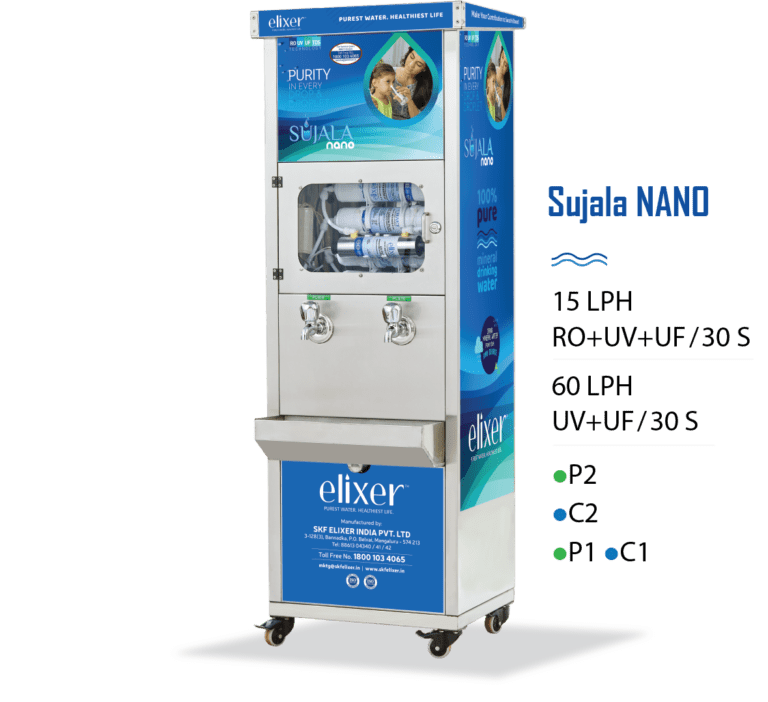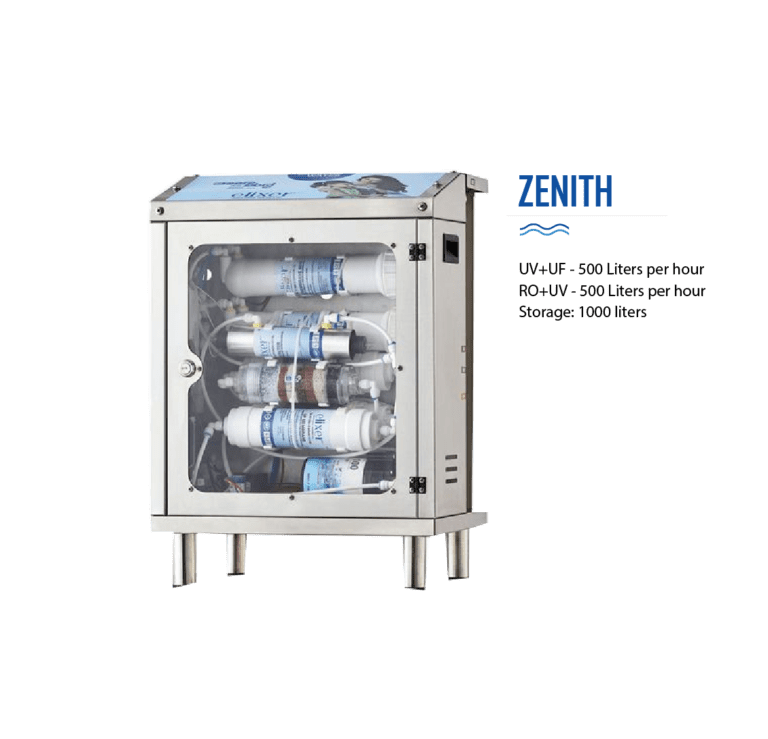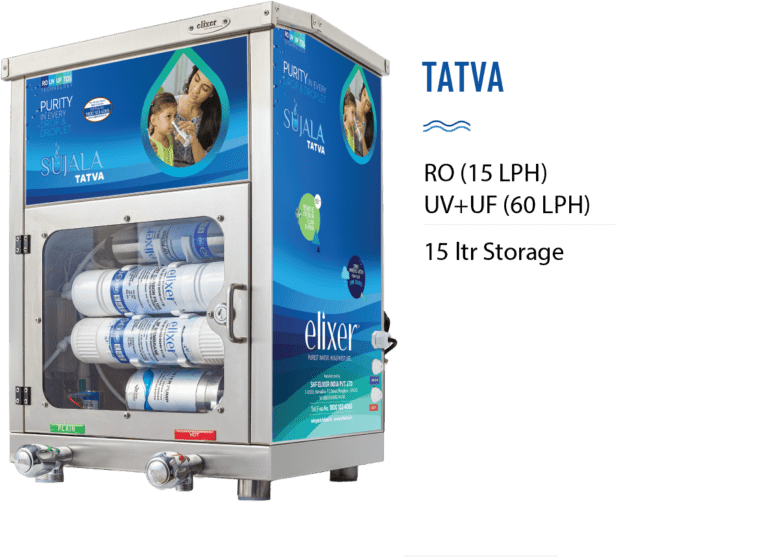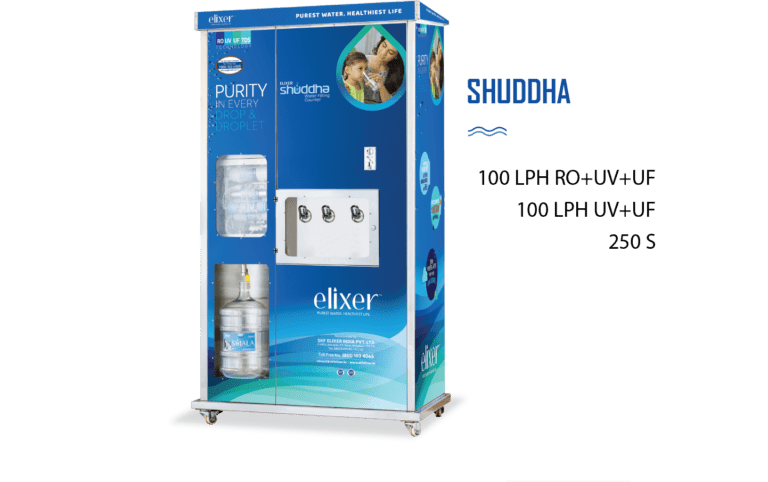Table of Contents
Clean drinking water is a cornerstone of public health, and the presence of microplastics in water sources poses a growing threat to communities. These tiny plastic particles, invisible to the naked eye, infiltrate household water supplies, raising concerns about long-term health impacts.
With over millions of people lacking access to safe water, addressing microplastic contamination is critical to ensuring a healthy future. At SKF Elixer, we tackle this challenge with our advanced water purification systems, designed to deliver safe drinking water solutions tailored for India’s diverse urban and rural landscapes.
This blog explores the nature of microplastics in drinking water, their health risks, and how SKF Elixer’s cutting-edge filtration technology protects families and communities. Whether you’re a homeowner in Bengaluru, a municipal leader in Gujarat, or a school administrator in rural Bihar, our insights will guide you toward effective solutions for cleaner, safer water.
What Are Microplastics and How Do They Enter Drinking Water?
Microplastics are plastic particles smaller than 5 mm, often ranging from 0.1 to 5,000 microns, originating from degraded plastic waste, synthetic textiles, and industrial effluents. In India, where plastic waste generation exceeds 26,000 tonnes daily, microplastics infiltrate water sources through multiple pathways:
- Surface Water Runoff: Rivers like the Ganga and Yamuna, receiving tonnes of plastic waste daily, carry microplastics into drinking water supplies. Urban areas like Kolkata rely on these contaminated sources.
- Groundwater Contamination: In rural areas like Punjab, microplastics from landfill leachate seep into borewells, with concentrations of 10–100 particles per litre.
- Municipal Pipelines: Aging pipes in cities like Delhi release microplastics from degraded plastic coatings, contributing 5–50 particles per litre to tap water.
- Bottled Water: Even bottled water, costing ₹20–50 per litre, contains 10–100 microplastics per litre due to plastic packaging.
A household consuming 10 litres daily ingests 100–1,000 microplastic particles, posing health risks over time. SKF Elixer’s advanced water purification systems effectively remove these contaminants, ensuring safe drinking water.
Sources of Microplastic Contamination in Household Water
Microplastic contamination in household water stems from:
- Environmental Pollution: Plastic waste in rivers and lakes breaks down into microplastics, with urban water sources showing 20–200 particles per litre.
- Synthetic Fibres: Washing clothes releases 0.5–1 gram of microfibres per kilogram of fabric, entering wastewater and eventually tap water.
- Industrial Effluents: Factories discharge 500–1,000 litres of microplastic-laden effluent daily, contaminating local water bodies.
- Plastic Packaging: Bottled water and household storage containers leach microplastics, adding 10–50 particles per litre.
For a family of four, this translates to ingesting 1,000–10,000 particles monthly, increasing health risks costing ₹5,000–₹15,000 annually in medical expenses.
Health Effects of Consuming Microplastics Over Time
Microplastics pose significant health risks, though research is ongoing:
- Toxicity from Additives: Microplastics carry chemicals like phthalates and BPA, linked to hormonal disruptions costing ₹10,000–₹20,000 per case in treatment.
- Inflammation and Organ Damage: Particles smaller than 10 microns can penetrate tissues, causing inflammation and potential liver or kidney damage, with long-term costs of ₹15,000–₹30,000 per person.
- Digestive Issues: Microplastics may disrupt gut health, leading to issues costing ₹2,000–₹5,000 per case.
- Immune System Stress: Chronic exposure weakens immunity, increasing disease susceptibility and healthcare costs by ₹5,000–₹10,000 annually.
For a community of 1,000, untreated water could lead to 500–1,000 illness cases yearly, costing ₹50 lakh–₹1 crore. SKF Elixer’s purifiers mitigate these risks by removing 99% of microplastics.
Global Studies and WHO Guidelines on Microplastics in Water
The World Health Organization (WHO) notes microplastics in 90% of global tap water, with concentrations of 10–1,000 particles per litre. Studies found 83% of tap water samples contaminated, with India showing higher levels due to plastic waste.
WHO guidelines emphasize reducing microplastics through advanced filtration, as particles below 1 micron pose the greatest health risk. While no specific threshold exists, BIS standards (TDS 50–150 mg/L) guide India’s water quality, and SKF Elixer’s systems align with these, ensuring safe water.
Can RO and Advanced Filters Remove Microplastics Effectively?
Reverse Osmosis (RO) and advanced filtration are highly effective against microplastics:
- RO Filtration: RO membranes (0.0001 microns) remove 99% of microplastics larger than 0.1 microns, reducing concentrations to negligible levels. For a 1,000-litre-per-day system, this ensures safe water for 200–400 people daily.
- Ultrafiltration (UF): Captures particles down to 0.01 microns, complementing RO for smaller microplastics.
- Activated Carbon Filters: Adsorb microplastic-bound chemicals, enhancing water safety.
- UV Disinfection: Eliminates 99.99% of bacteria that may interact with microplastics, preventing secondary contamination.
SKF Elixer’s purifiers combine RO, UF, and UV, achieving BIS-compliant water (TDS 50–150 mg/L) and removing 99% of microplastics, saving ₹20,000–₹50,000 annually in health costs for a household.
Technology Behind SKF Elixer’s Water Purification Systems
SKF Elixer’s purifiers are designed to combat microplastic contamination:
- Pre-Filtration: Removes sediments (2–3 grams per 1,000 litres), protecting RO membranes and saving ₹1,000–₹2,000 annually in maintenance.
- RO System: Reduces TDS from 500–2,000 mg/L to 50–150 mg/L, removing 99% of microplastics, ensuring safety for 10–20 litres daily per household.
- UV Disinfection: Delivers 40 mJ/cm² dosage, killing pathogens that may bind to microplastics, preventing health risks costing ₹5,000–₹15,000 per case.
Benefits of SKF Elixer’s Safe Drinking Water Solutions
Our purifiers offer:
- Health Protection: Prevent 500–1,000 illness cases annually per household, saving ₹20,000–₹50,000 in medical costs.
- Cost Savings: Deliver water at ₹1–5 per litre vs. ₹20–50 for bottled water, saving ₹5,000–₹10,000 annually per family.
- Sustainability: Reduce plastic bottle use, cutting environmental cleanup costs by ₹1,000–₹2,000 per household.
- Reliability: 15–20-year lifespan with AMCs (₹2,000/year) ensures consistent performance.
SKF Elixer’s Advanced Water Purification Systems
Our purifiers cater to diverse needs:
- Household Units: 50–100-litre-per-day systems save ₹20,000–₹50,000 annually in health costs for homes in Bengaluru.
- Community Systems: 500–1,000-litre-per-day units serve schools in Gujarat, saving ₹5–10 lakh annually.
Why Choose SKF Elixer?
With years of expertise, SKF Elixer delivers BIS-certified purifiers tailored for India’s water challenges. Our options and support ensure accessibility for all.
Conclusion
Microplastics in drinking water pose a hidden threat to health, but SKF Elixer’s advanced purification systems provide a reliable solution. By removing 99% of microplastics, our purifiers ensure safe, mineral-rich water, promoting health and sustainability.
Choose SKF Elixer to protect your community. Ready to eliminate microplastics from your water? Contact SKF Elixer to explore our purifiers.
FAQs
-
1. What are microplastics, and how do they enter drinking water?
Microplastics (<5 mm) from plastic waste, textiles, and effluents enter water via rivers (1,000–2,000 tonnes daily), groundwater, and pipes, with 10–100 particles per litre in tap water, posing health risks.
-
2. What are the health effects of consuming microplastics over time?
Microplastics cause hormonal disruptions, inflammation, and digestive issues, costing ₹5,000–₹30,000 per case. A family ingesting 1,000–10,000 particles monthly risks ₹20,000–₹50,000 in annual medical costs.
-
3. What are the sources of microplastic contamination in household water?
Rivers, groundwater, synthetic fibres (0.5–1 g/kg fabric), and plastic packaging add 10–200 particles per litre to household water, increasing health risks costing ₹5,000–₹15,000 annually.
-
4. Can RO and advanced filters remove microplastics effectively?
SKF Elixer’s RO and UF filters remove 99% of microplastics (>0.1 microns), ensuring BIS-compliant water (TDS 50–150 mg/L), saving ₹20,000–₹50,000 annually in health costs for a household.
-
5. Why choose SKF Elixer mineral water purifiers?
Our BIS-certified purifiers combine RO, UF, and UV to remove 99% of microplastics and save ₹5,000–₹10,000 annually vs. bottled water.
Good reads are meant to be shared









